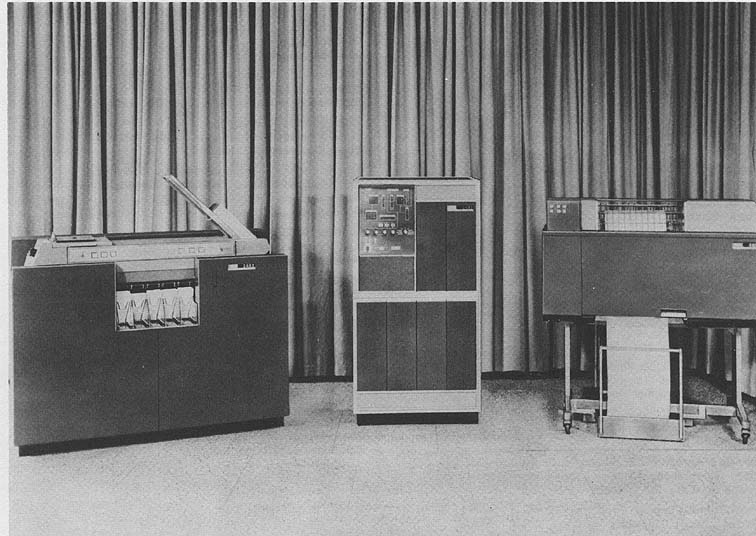
Sorry. Aquest post només l'entendrà una persona.
or the wheel of life

The story of Iceland´s first computer and its music and how it reflected the emotional attachment of the engineers and programmers to this computer was tremendously interesting to me. The IBM computer was humanized by giving it a very human quality, the ability to "sing". The anthropomorphism was complete when the machine reached obsolescence. Instead of simply discarding it, the engineers gave it a funeral of sorts. They held a ceremony to commemorate its "life", work and songs. Burying the dead is one of the things that distinguish humans from animals. Funeral rites are only granted to something which was once alive. I got a strong impression that the engineers came to regard this computer as a living being (if only unconsciously) because they gave it certain very human qualities. [...]
[...]Hammond B3 organ, piano, celeste and bells were played by Jóhann Jóhannsson. Voices were provided by Erna Ómarsdóttir, Jóhann Jóhannsson, and an unknown instructor from an IBM 1401 Data Processing System maintenance instruction tape found in my father´s attic.
All electronic sounds were derived from the IBM 1401 Data Processing System and the Hammond B3 organ with Ring Modulator, Distortion and Filter pedals. The music and sounds of the IBM 1401 Data Processing System were recorded by Jóhann Gunnarsson, Örn Kaldalóns and Elías Davíðsson in Reykjavik in 1971. The musical fragment played by the computer is from the hymn “Ísland Ögrum Skorið” by Sigvaldi Kaldalóns, used by kind permission. The text in 5 is from a poem by Dorothy Parker.

All musicians in the past, starting with the middle ages were interested in popular music. (...) Béla Bartók's music is made entirely of sources from Hungarian folk music. And Igor Stravinsky, although he lied about it, used all kinds of Russian sources for his early ballets. Kurt Weill's great masterpiece Dreigroschenoper is using the cabaret-style of the Weimar Republic and that's why it is such a masterpiece. Arnold Schoenberg and his followers (...) create(d) an artificial wall, which never existed before him. In my generation we tore the wall down and now we are back to the normal situation, for example if Brian Eno or David Bowie come to me, and if popular musicians remix my music like The Orb or DJ Spooky it is a good thing. This is a natural normal regular historical way.
From an Interview with Jakob Buhre